
Unrivaled in design, scope and man power, Antoni Gaudi’s unfinished La Sagrada Familia is unlike anything I have ever seen. Juxtaposed against the symmetrical lines that run through much of Barcelona, the curious curves make La Sagrada Familia stand out in sharp relief.
When La Sagrada Familia will finally be completed in 2026, it will have taken a total of 150 years to build, longer than the Egyptian Pyramids; only 50 years less than the Great Wall of China. It is truly a wonder.
But there are incredible symbolisms infused into this “greatest piece of creative architecture and spirit symbolized in stone,” as renown architect Louis Sullivan described it. La Sagrada Familia can be overwhelming to take in, however. And unless you know what you’re looking at, you may walk away with only an abstract appreciation for it. So it’s good to go armed with a little bit of knowledge.
You could always hire a tour guide, an added expense. Or pay for an audio machine, a cheaper option. But in my experience, it was impossible to pay attention. Between trying not to lose my group and kids (there are over 3 million visitors each year), my wallet (be wary of pickpocketers), and my mind (the sheer enormity of the Gaudi’s masterpiece is overwhelming), it was utterly impossible to pay attention to my audio guide. So here’s a bit of history and 10 cool features of La Sagrada Familia you don’t want to miss.
Brief History
A penniless Antoni Gaudi dedicated the last 40 years of his life to the neo-gothic church, and it’s been a work in process since then. Construction started in 1883; it’s projected completion date is 2026. Like the work of many renown artists, La Sagrada Famlia wasn’t received with acclaim until Gaudi died. He knew he wasn’t going to be able to finish the construction before his death. So he planned for each part of La Sagrada Familia to be constructed separately, reflecting each generation of architects and their own style. Here are 10 particularly cool features to look for.

1. The Height is Significant
You’ll nearly strain your neck trying to look all the way to the top of La Sagrada Familia. But the specs are significant. Gaudi, a devout catholic, believed nothing should be more majestic and powerful than God’s creation: nature. This is why Gaudí decided that the highest tower of Sagrada Familia, the Torre del Salvador (“Tower of the Savior”), would be 170 meters high, one meter shorter than the Montjuic Mountain.
2. The Three Grand Facades. La Sagrada Familia consists of three grand facades: the Nativity Facade, the Passion Facade, and the Glory Facade. All three facades have been made to depict the different stages of Christ’s life. The Glory Facade is the only unfinished facade.


The Nativity Facade
This eastern facade bears the most direct Gaudi influence. It is dedicated to the birth of Jesus and also shows elements related to nature and the creation of life. You can see sculptures that depict the wedding of Joseph and Mary, the flight of Egypt, the Nativity, shepherds worshipping baby Jesus, Jesus preaching, and Jesus working as a carpenter.
The Passion Facade

The west-facing Passion Facade is dedicated to showing the different stages of Christ’s suffering. Though this facade was designed by Gaudi, the work was carried out later in 1989 by Joseph Soubirax. The sculptures here were made using sharp edges in s-shaped patterns. For this reason, the Passion Facade bears a striking contrast to the rest of La Sagrada Familia.



Some of the events depicted in the sculptures on the Passion Facade are the last supper, Judas the betrayer kissing Jesus, Peter’s denial, Jesus’ trial, the crucifixion, a mounted soldier piercing Jesus’ side, and soldiers gambling for Jesus’ clothes.
The Glory Facade

The Glory Facade on Mallorca street is currently being worked on. When complete, it will be the largest of the three facades.The Glory Facade depicts Jesus’ trajectory to heaven: death, the final judgment, hell, then heaven. It will host the entrance to the church, or entrances rather.

3. Magic Square on Passion Facade
 On the Passion facade, next to the statues of a couple kissing, is a 4×4 square of 15 numbers referred to as the magic square. They call this the magic square because all of the numbers, when added line by line, column by column, and even diagonally, add up to 33, the age Christ died.
On the Passion facade, next to the statues of a couple kissing, is a 4×4 square of 15 numbers referred to as the magic square. They call this the magic square because all of the numbers, when added line by line, column by column, and even diagonally, add up to 33, the age Christ died.
4. The Bell Towers and Lanterns
La Sagrada Familia is often described to have 18 towers, but there are really 12 bell towers (towers with bells) and 6 lanterns (an architectural element that brings height and light from above to the central space inside).
Currently, there are only eight bell towers complete: four on the Nativity Facade and four on the Passion Facade. When the Glory Facade is complete, there will be four more for a total of 12 official bell towers. There will also be six lanterns, four dedicated to the Evangelists, and one to Mary and the central tallest one at 170 meters, replete with staircase and lift. The towers start off in a rhomboid shape but come to be an elliptical on top.

For a panoramic experience, visitors can access the top of the towers by one of the two lifts. (Tickets for visiting the towers are not included in the basic entry price and need to be purchased online as part of the combination Top Views ticket.)
Since the facades are not joined, you will need to choose between the tower on the Nativity facade with views overlooking the east of Barcelona, or the tower on the Passion facade facing the city center. Children must be 6 and older to go up the towers, and all children under 16 must be accompanied by an adult. Visitors must descend by foot using the stairs, so if you’re planning to go up one of the towers (highly recommended!), be sure to wear comfortable shoes.
5. Nature Inspired the Design
Gaudi disliked straight lines because he didn’t feel they appeared natural. Which is why La Sagrada Familia – and the rest of his architectural work – was constructed from the inside out using the swirling curves of nature. Much of his sculptures directly mimicked nature. There are sculptures of turtles, doves and other animals on full display outside the church.


And the interior of the church was conceived as a huge forest. The columns take on the form of trees branching out into the vaults. They are crowned with palms, symbolizing triumph and the coming of new life. But the overall nature theme can be seen all throughout La Sagrada Familia, and the rest of Gaudi’s work as well throughout Barcelona.
6. Natural Light is Part of Design


Gaudi said color was the expression of life. The ingenuity of his use of colors through abstract geometric stained glasses is on brilliant display inside the basilica. The filtered lights, which represent foliage, further work to enhance the forest imagery Gaudi conceived when designing La Sagrada Familia.

7. Praying Sections

Not many people know that you can actually attend mass at La Sagrada Familia. (You can check for updates for mass at La Sagrada Familia). While you might not be traveling on the rare occasions mass is held, there are praying sections that are open on a regular basis.
8. Doors are Sculptures Too

The textual relief sculpture on the door of the western Passion Facade is an impressive bronze door that Joseph M. Subirachs created. La Sagrada Familia was very much a collaborative effort with many sculptors and artisans contributing to Gaudi’s work.
9. School for Worker’s Children

A thoughtful Gaudí built a school on the site called the Sagrada Familia Schools building during the early days of construction. The school was built for the children of construction workers to attend while their fathers spent their days and nights working. The school is now the site of an exhibition.
10. Gaudi is Buried Here


La Sagrada Familia is home to the tomb of Gaudí, who was unfortunately killed a few days after being hit by a tram. Located in the underground level of the building, visitors can come see the tomb for themselves. The tomb is surrounded by four chapels, each dedicated to a different figure. Gaudí’s tomb is held in the chapel dedicated to the El Carmen Virgin.
Traveling Tips
- Purchase tickets ahead of time. I ran into many tourists who went but could not go inside because tickets were sold out.
- Be on time. Tickets are allotted for a specific time so make sure you don’t miss your window.
- Wear comfortable shoes. If you plan on going up one of the towers, remember you can ascend by elevator, but you will need to descend by foot.
- Bring cash. There are cute souvenir kiosks outside La Sagrada Familia.
While it is utterly impossible to see everything La Sagrada Familia has to offer in a single visit, there are some features you absolutely don’t want to miss.

Stay Connected
Sign up and receive travel highlights and tips from fellow globetrotters!

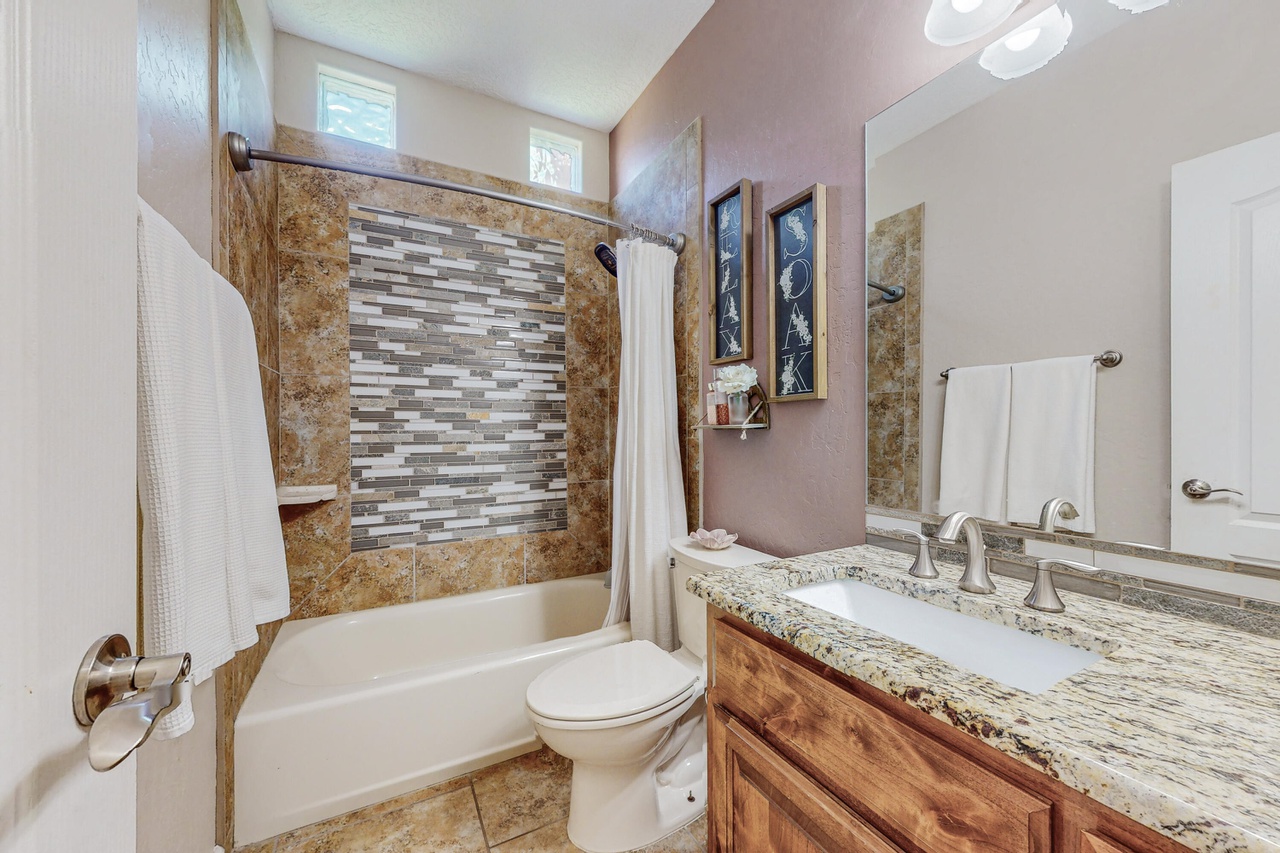
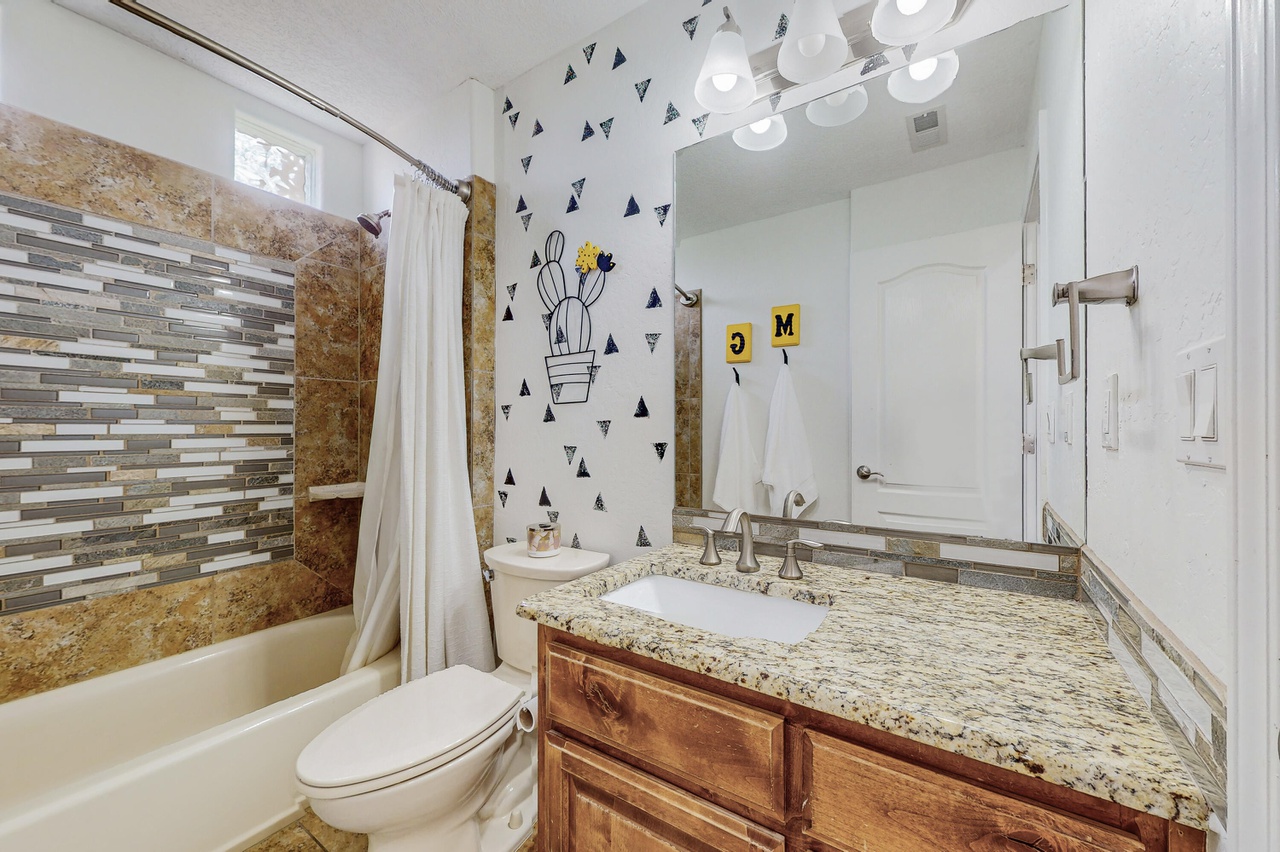
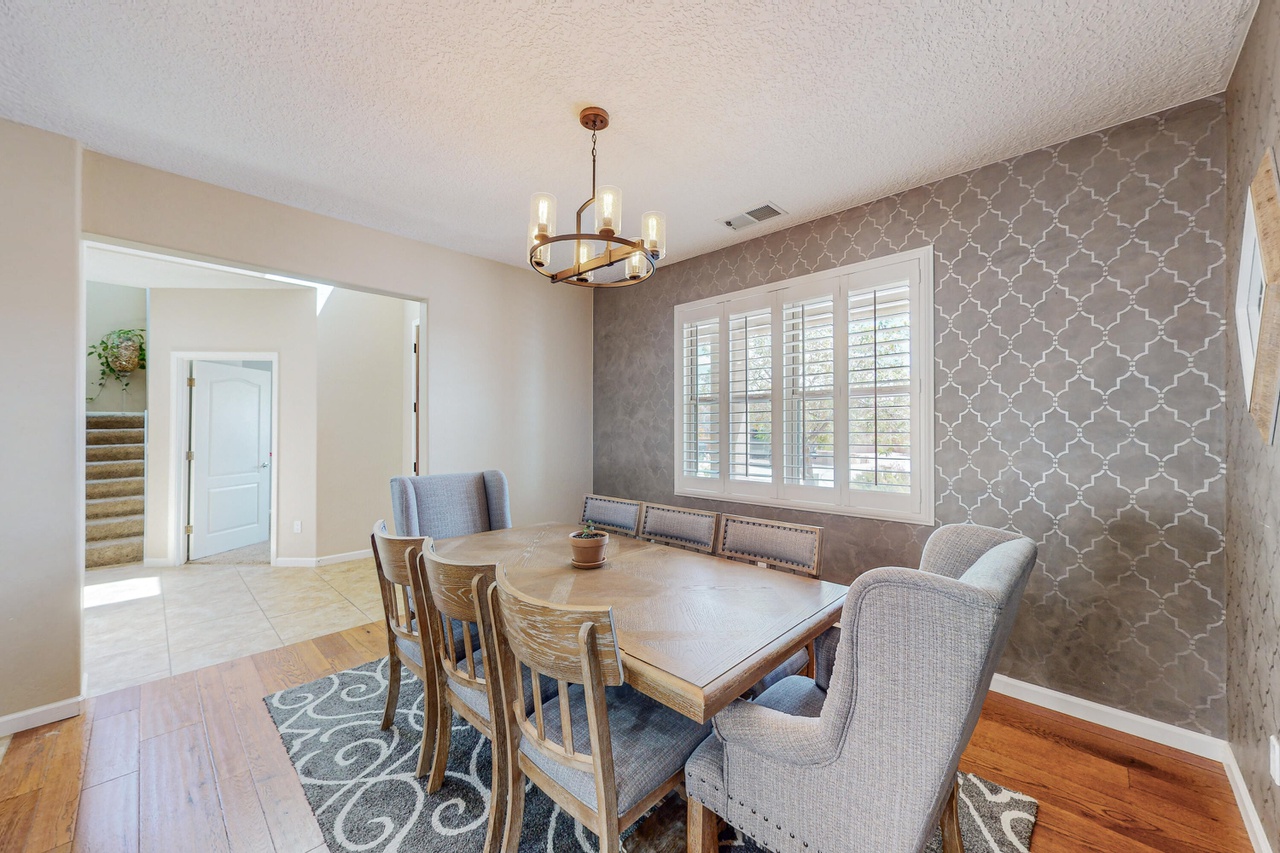
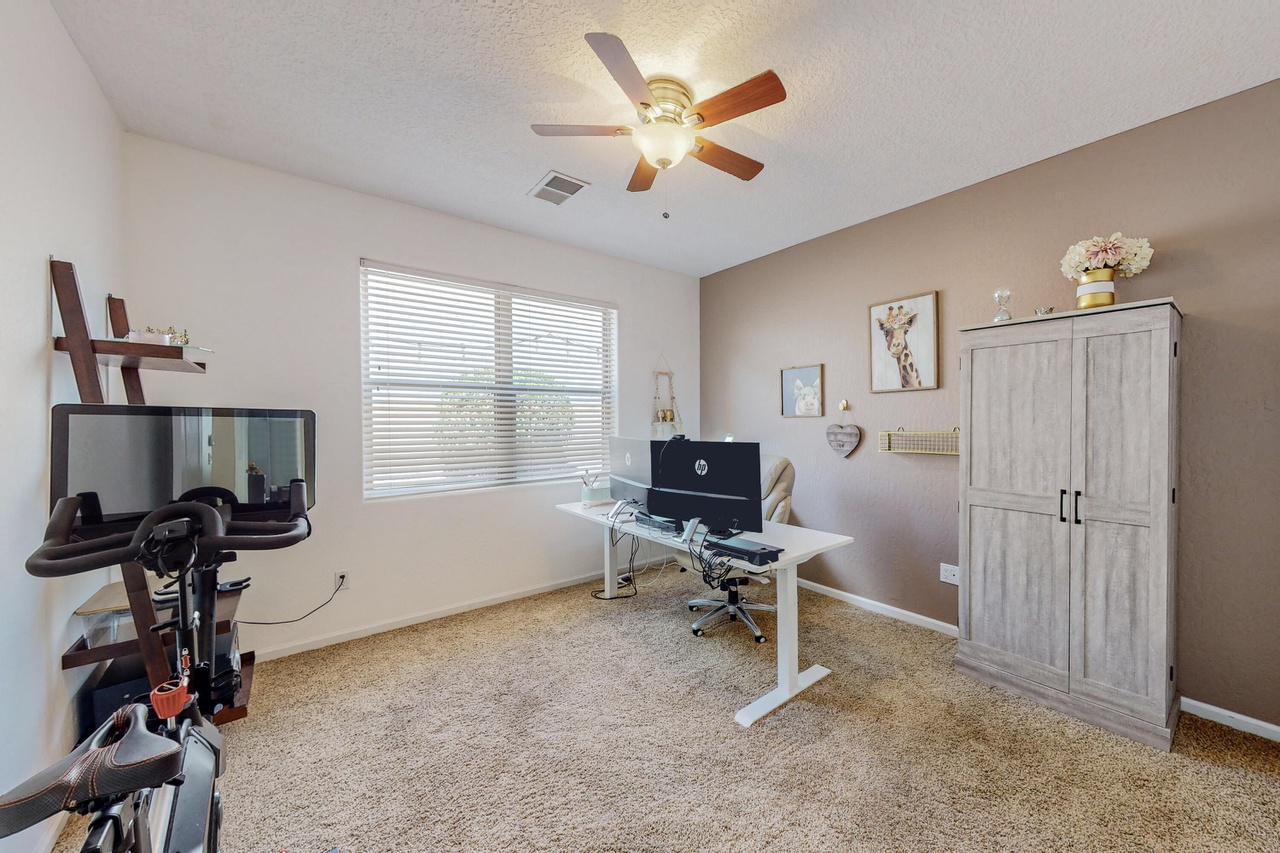
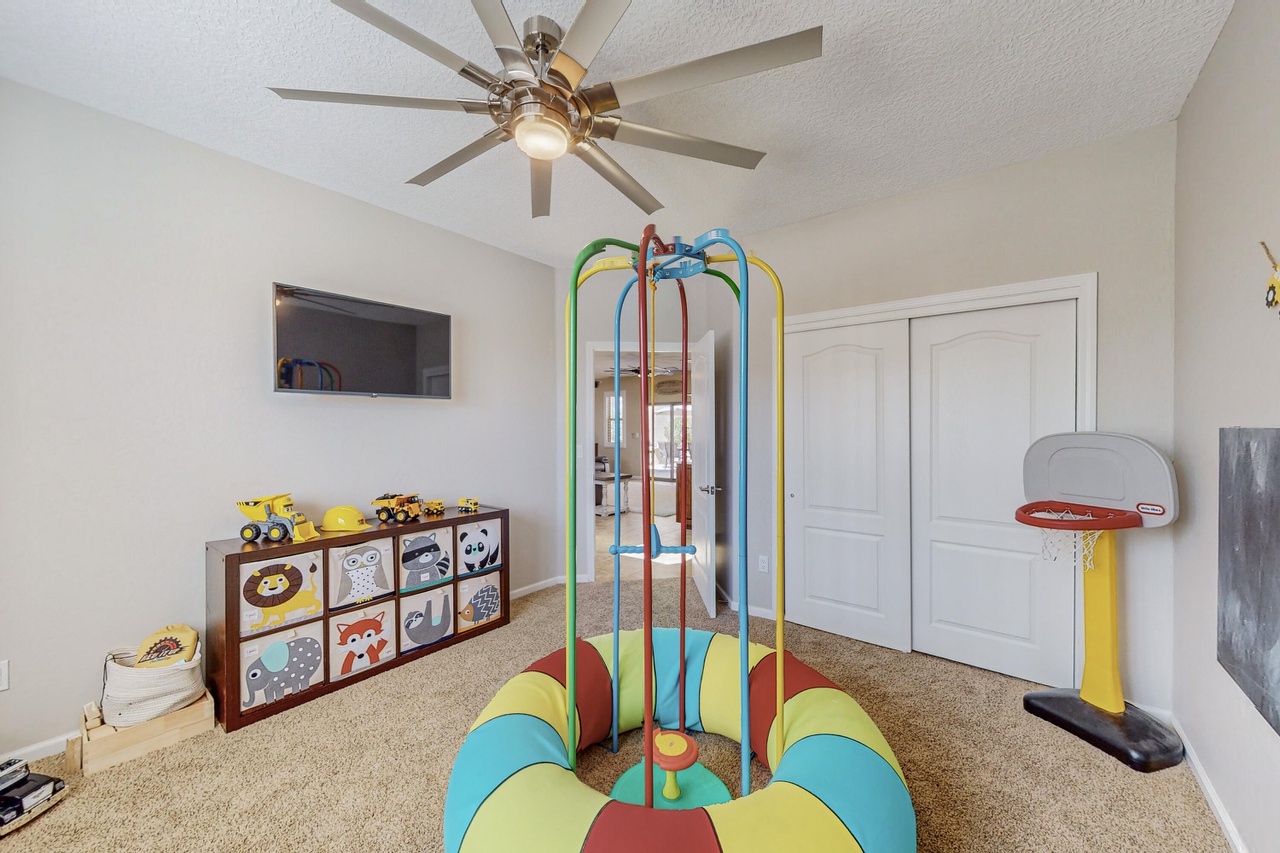
Love this!! I’m visiting Barcelona during my kids winter break. Will be sure to check out La Sagrada Familia. Your pictures are amazing but I hear pictures don’t do this place justice.